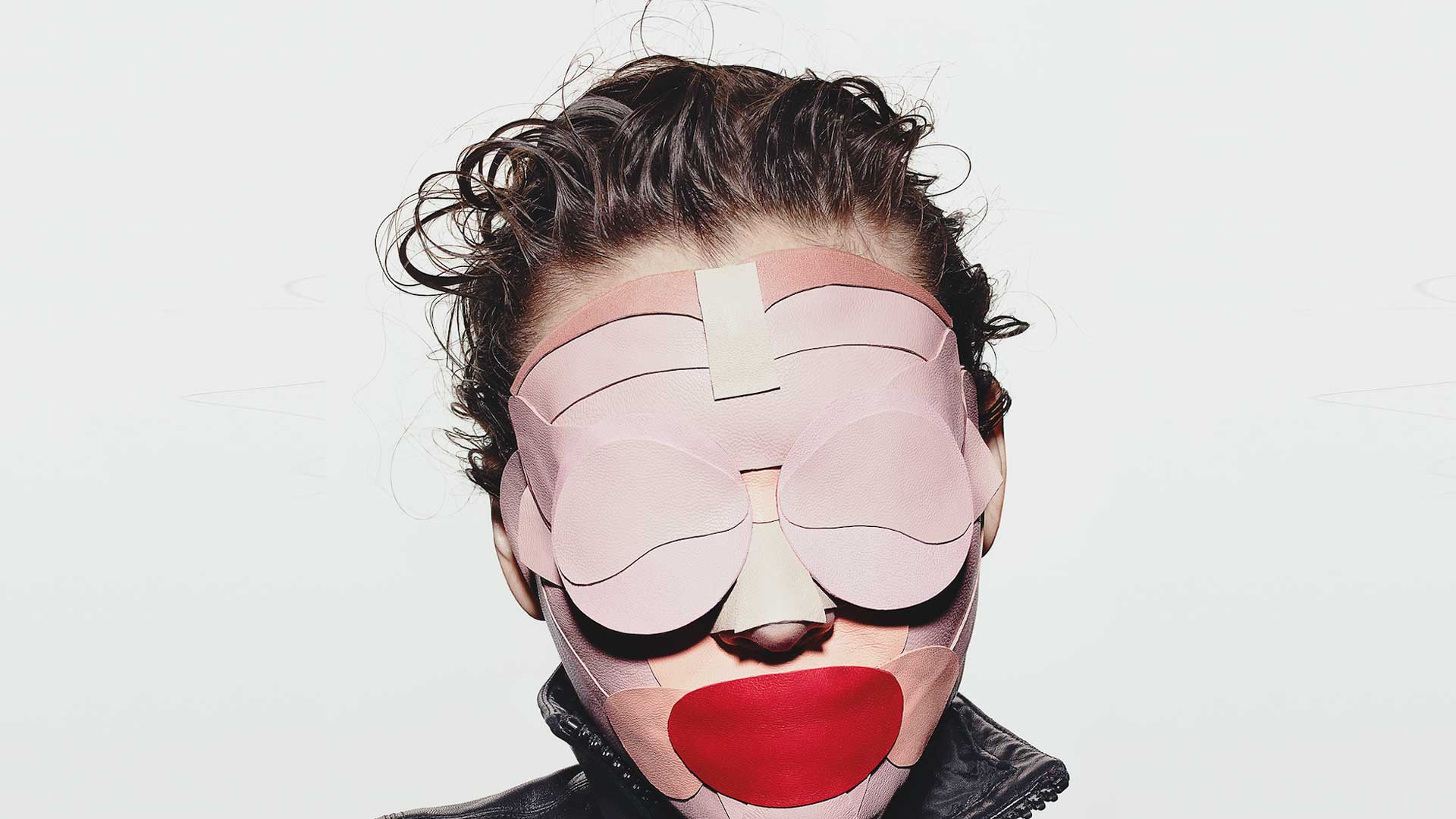When Marc Jacobs underwent a face-lift this summer, he took a selfie the very next day—gauze head wrap, plastic drains coming out from either side—and posted it to Instagram with the caption “#f*ckgravity.” The fashion world did a collective double take: someone of Jacobs’s stature actually being honest that self-care could go beyond yogic breathing and a gratitude journal? But also, Marc Jacobs got a face-lift? Unlike Botox or plumping fillers, face-lifts just haven’t received the same widespread acceptance in recent years, which is why many people’s perception of the procedure is frozen in time. One of the last major celebs to be so open about having a face-lift was Joan Rivers. (“I fart through my ears,” she said back in 2013.) The reality is that results lately have gotten better and more natural, says Andrew Jacono of the New York Center for Facial Plastic Surgery, Jacobs’s surgeon and a medi-celebrity in his own right thanks to his pioneering techniques. “Marc made people realize that you can have a face-lift and still emerge looking like yourself.”
Even in this era of transparency, there are limits. When an actress over 50 is asked why she looks so great, it’s not unusual to hear about a commitment to olive oil, drinking a lot of water, a serum from her own line. “So many celebs are lying, and it makes people feel less than,” says Jacono. They can do it because “good work flies under the radar,” he says. Bad work announces itself 25 paces away. “My patients’ single highest anxiety is that they’re going to look like that person walking down Madison Avenue in New York or Worth Avenue in Palm Beach: pulled and unnatural,” says David Rosenberg, a Manhattan-based facial plastic surgeon. To help ease patients’ fears, many doctors rely on the Vectra M3, a 3D imaging technology that allows patients to visualize how they would look post-procedure. Jacono has this device but prefers a low-fi method: He uses photos of patients in their younger years and hangs them in the operating room as a reference.
THE GOLD STANDARD
The most popular kind of face-lift is known as the SMAS, which stands for subcutaneous muscular aponeurosis system. Gerald Imber, a plastic surgeon on New York’s Upper East Side who has performed in excess of 3,000 of them, describes the procedure as the skin being “tightened over the cheek, and sometimes all the way down to the jawline or to the platysma on the neck.” An SMAS lift smooths the jowls, nasolabial folds, and neck area.


